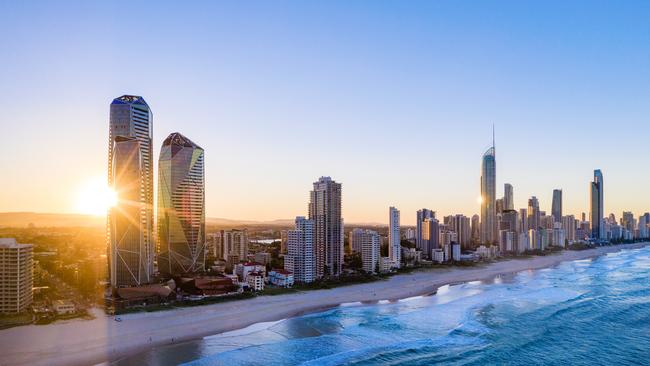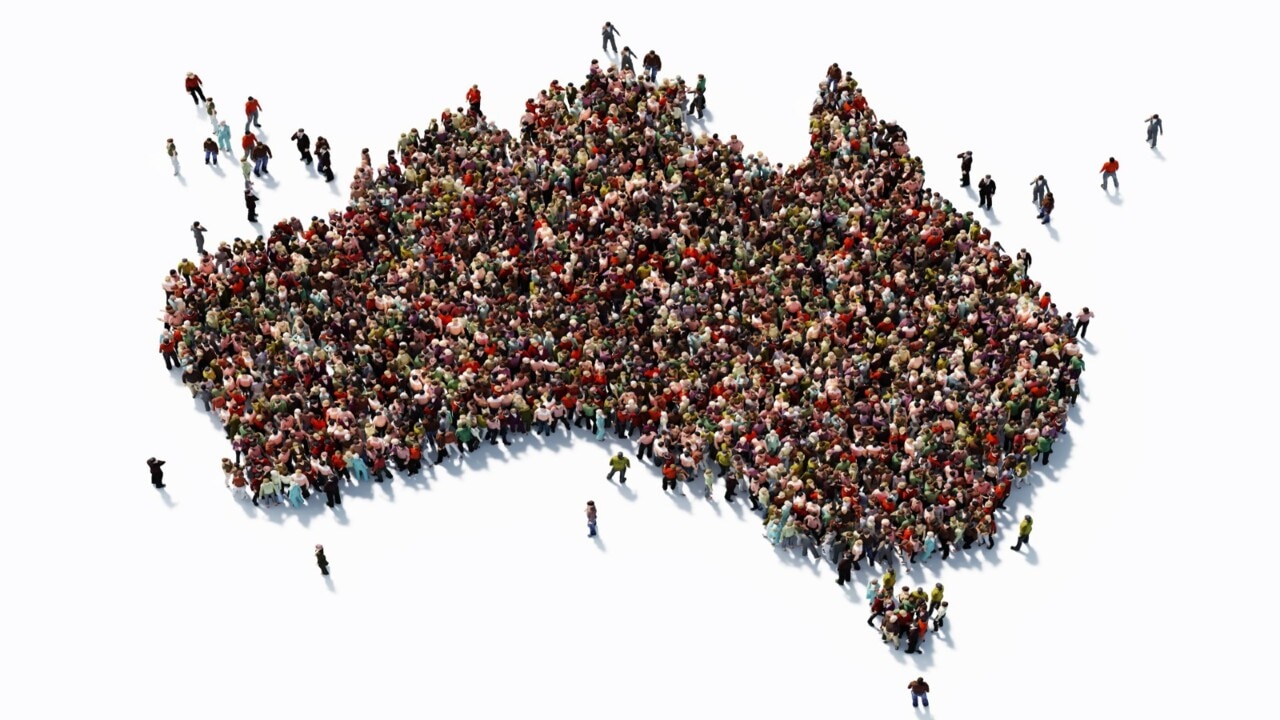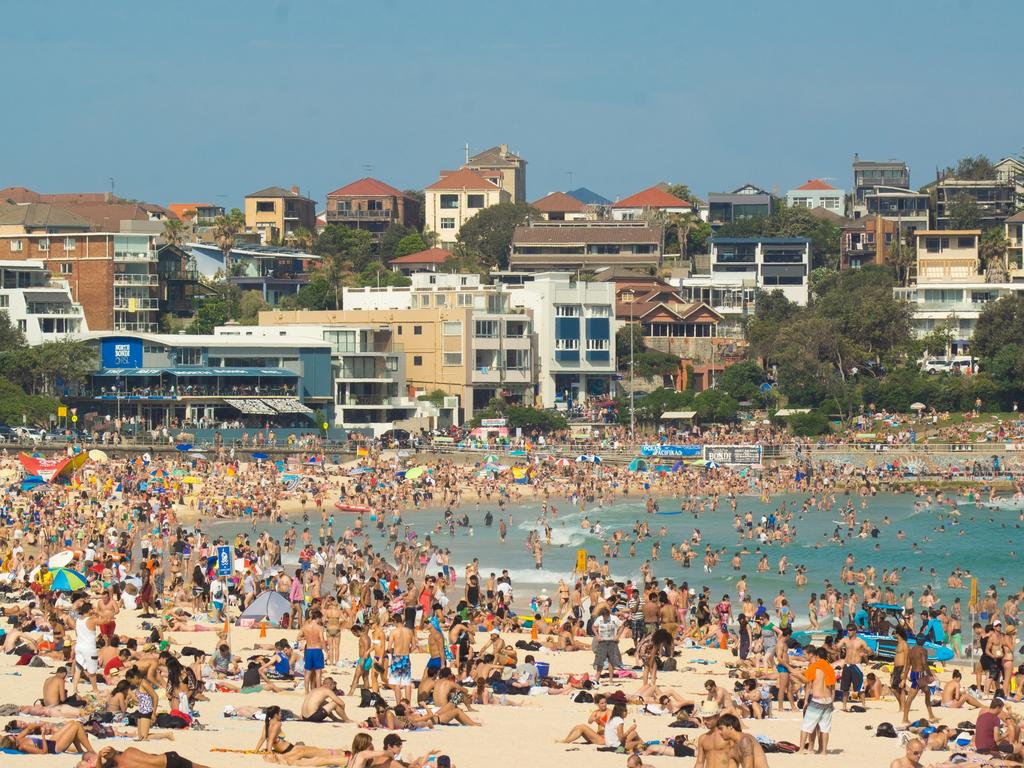Capital idea: Aussies quit cities for the regions
Queensland remains the magnet for people moving within Australia, while Sydney continues to lose the most numbers to other parts of the country | See who went where.

Queensland remains the magnet for people moving within Australia, while Sydney continues to lose the most numbers to other parts of the country.
The latest Australian Bureau of Statistics population data show more than one in six people who moved within Australia last year relocated to Queensland from another state or one of the territories.
Brisbane picked up an additional 13,452 people through interstate migration, and the rest of Queensland gained more than 18,000, the ABS data shows.
By contrast Sydney lost more than 36,000 people, either to regional NSW or to other parts of Australia last calendar year.
Melbourne, a capital city of similar size to Sydney, shed about 5000 people through internal migration, with almost half heading to regional Victoria.
A significant proportion of departures from the greater Sydney (26 per cent) and greater Melbourne regions (23.5 per cent) relocated to Brisbane or regional Queensland, the data shows.
Of the 608,929 people who left the capital city or regional area in which they lived for another location in Australia last year, almost 183,000, or 30 per cent, chose to live in Queensland.
Of these Queensland residents, 107,496 (18 per cent of the national total) came from another state or a territory and 75,470 (the other 12 per cent) were already Queenslanders but switched Brisbane for a regional location or vice versa.
Demographer Aude Bernard from the Queensland Centre for Population Research at the University of Queensland said the pattern of internal migration from Sydney to Brisbane and South East Queensland had been present since the 1970s but ramped up after the Covid pandemic.
“The increased attraction of Queensland is in part due to the greater importance of lifestyle considerations since Covid, but also housing price differentials, although the gap between Sydney and Brisbane is decreasing,” Dr Bernard said.
“Housing prices act more as a push than a pull factor.
“Our research shows a 10 per cent increase in housing prices is associated with a 4.45 to 5.7 per cent increase in outflows (from an area).”

Regional Australia was the big winner in 2023, gaining numbers in the five largest states.
Apart from Queensland, the net migration to the NSW regions was 4400 and Victoria 4570.
Regional Australia Institute chief executive Liz Ritchie said the ABS data matched her organisation’s own data for the first three months of this year, which shows 24 per cent more people were moving from the cities to the regions than vice versa.
“This movement in population can no longer be seen as a quirky flow-on effect from the lockdown years. A societal shift is under way,” Ms Ritchie said.

“With high house prices and cost-of-living pressures biting, many people are realising the regions can offer the lifestyle they want and the jobs they’re after, minus big-city problems – like long commute times, tolls and traffic.”
The internal migration data sits alongside new overseas migration data, which found almost a million more people arrived in Australia than left since the beginning of 2022, with most settling in Sydney and Melbourne.
The influx of migrants, a net figure of 573,000 last year, pushed the national population to 27 million by the end of the year.
The high numbers triggered another round of the “Big Australia” debate, with the federal opposition accusing the Albanese government of presiding over unsustainable levels of overseas migration.
Home Affairs minister Clare O’Neil defended the government’s record, saying that while current migration levels were too high it was overseeing the steepest cut to migration in the nation’s history outside war or pandemic.
Dr Bernard said while Sydney and Melbourne receive the highest share of temporary skilled migrants and international students, an important share of flows to Queensland are international migrants relocating after their initial port of entry. “But migrants are very mobile in the first 10 years after arrival (in terms of) housing and the labour market,” she said.






To join the conversation, please log in. Don't have an account? Register
Join the conversation, you are commenting as Logout